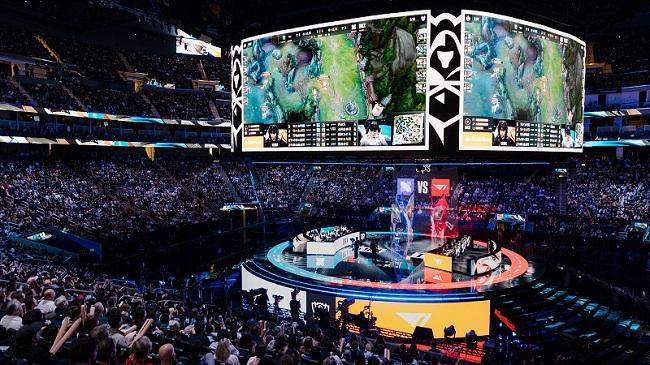Understanding the Monumental Scale of the E Sports Market Size

The sheer and expanding scale of the competitive gaming world is a key indicator of its transformation into a global entertainment titan. The projected E Sports Market Size, which is on track to swell from its 2024 level of $2.5 billion to an astonishing $10.5 billion by 2035, illustrates a sector experiencing explosive growth. This expansion, advancing at a compound annual growth rate of 13.93%, reflects more than just financial figures; it speaks to the massive and growing global audience, the increasing scale of live events, and the deepening economic impact of the industry. The size of the esports market can be measured not only in dollars but also in the hundreds of millions of passionate fans who tune in, the sold-out arenas, and the vast digital infrastructure that supports this burgeoning ecosystem.
One way to conceptualize the market's size is through its audience. The global esports audience is already estimated to be well over half a billion people, a number that continues to grow rapidly. The viewership for the world finals of top games like League of Legends regularly surpasses that of many traditional major sporting event finals, such as the NBA Finals or the World Series. This massive audience is the foundation upon which the entire market is built. It is what attracts advertisers, sponsors, and media companies, and it is what drives the value of broadcast rights. Unlike traditional sports audiences, the esports fanbase is digitally native, global, and highly engaged, making it an incredibly valuable and large-scale demographic for marketers to tap into.
The physical footprint of the industry is another dimension of its growing size. While esports is a digital-first phenomenon, its live events have reached a spectacular scale. Tournaments are no longer held in small convention centers but now regularly sell out major sporting venues like the Staples Center in Los Angeles, the Mercedes-Benz Arena in Berlin, and the "Bird's Nest" stadium in Beijing. Cities around the world are now competing to host major esports events, recognizing the significant economic impact they bring in terms of tourism and local spending. Furthermore, dedicated, state-of-the-art esports arenas are being constructed globally, providing permanent homes for this new form of entertainment and demonstrating a long-term commitment to the industry's physical presence and its role as a major spectator sport.
Finally, the economic size of the market is reflected in the magnitude of the financial transactions that now define the industry. Prize pools for premier tournaments, like Dota 2's The International, have exceeded $40 million, offering life-changing sums to the winning players. The buy-in fees for a franchise slot in a top-tier league can cost upwards of $25 million, a level of investment that signals immense confidence in the league's future profitability. Multi-year sponsorship and media rights deals are now routinely valued in the hundreds of millions of dollars. These massive financial figures, combined with a colossal global audience and a growing physical infrastructure, paint a clear picture of an industry whose size and influence will only continue to expand in the coming decade.
Explore Our Latest Trending Reports:
- Art
- Causes
- Crafts
- Dance
- Drinks
- Film
- Fitness
- Food
- Games
- Gardening
- Health
- Home
- Literature
- Music
- Networking
- Other
- Party
- Religion
- Shopping
- Sports
- Theater
- Wellness



